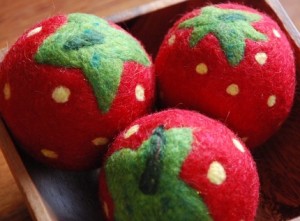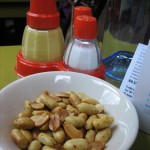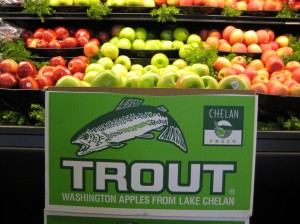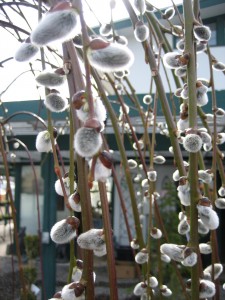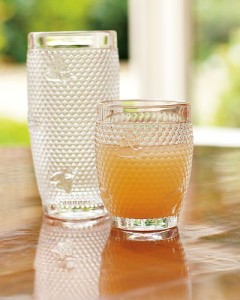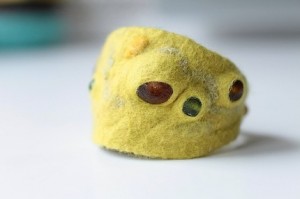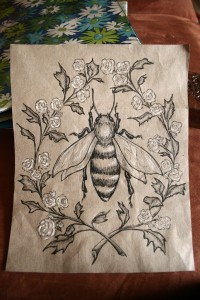I had a nutritional OMG moment today, which is both good and bad: Good= I keep track of this stuff, and I like adding more information to an already sizable database of bizarre nutritional information. BAD= there’s still crazy shit out there waiting to surprise me. I would direct your attention to the point on strawberries: my favorite food, which I always buy organic, purely because the Safeway and QFC strawberries are watery like iceberg lettuce. Now I have no choice. Who dyes strawberries? Sociopaths, that’s who.
I’m not going to go near the bit on imported grapes, since I personally maintain that pesticides are better than finding a Black Widow in my bunch of grapes.
From HealthyChild.org: (By way of “Fed Up with School Lunch“)
10 Fruits And Vegetables To Buy Organic
- Peaches : Summer’s blushing fruit contains high residues of iprodione, classified as a probable human carcinogen by the Environmental Protection Agency (EPA) and methyl parathion, an endocrine disruptor and organophosphate (OP) insecticide. Methyl parathion has caused massive kills of bees and birds. According to Consumer Reports, single servings of peaches “consistently exceeded” EPA’s safe daily limit for a 44-pound child.
- Apples: Apples may contain methyl parathion. Both fresh apples and baby food applesauce can also contain chlorpyrifos, an OP which has caused large bird kills.
- Nectarines: In the EWG’s most recent testing, nectarines had the highest percentage of samples test positive for pesticides (97.3 percent). Common pesticides found on nectarines include chlorpyrifos, fenarimol, iprodione, malathion, methidathion, myclobutanil, parathion and pirimicarb
- Strawberries : The enhanced red color of strawberries comes from the fungicide captan, a probable human carcinogen that can irritate skin and eyes, and is highly toxic to fish. While the lethal soil fumigant methyl bromide doesn’t show up on the fruit, it has harmed California farm workers, and depletes the ozone layer.
- Pears: Pears, both fresh and in baby food, can also come with methyl parathion, as well as the OP azinphos-methyl, which is toxic to freshwater fish, amphibians and bees.
- Sweet Bell Peppers: There are many varieties of sweet bell peppers and perhaps even more different types of pesticides used on them. Testing ranked sweet bell peppers as the vegetable with the most pesticides found in a single sample and the vegetable with the most pesticides overall.
- Celery: In testing, celery had the highest percentage of samples test positive for pesticides and the highest likelihood of having multiple pesticides in a single sample.
- Imported Grapes: Imported grapes contain methyl parathion and methomyl, a carbamate insecticide listed as an endocrine disruptor; as well as dimethoate. Since they are grown under different regulations and guidelines, there pesticide residue levels frequently exceed acceptable levels set by our own government.
- Spinach: Permethrin, a possible human carcinogen, and dimethoate dominate spinach’s toxicity ratings, but CU notes that residue levels have been declining as U.S. farmers reduce use of these insecticides. DDT has been found in spinach, which leads all foods in exceeding safety tolerances.
- Potatoes : Pesticide use on potatoes is growing, CU warns. They may contain dieldrin and methamidophos, and children eating potatoes risk getting a very high dose of aldicarb, CU says.

